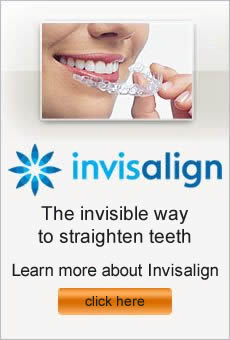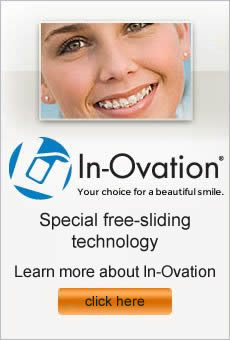In most cases, you have probably either had braces, need braces, or know someone with braces. When you need orthodontic treatment, you often receive a great deal of information. Having a basic knowledge about the world of orthodontics will help you make educated decisions for yourself or a loved one.
What is orthodontics?
Simply put, orthodontics is the dental specialty focused on the diagnosis, prevention, and treatment of dental or facial irregularities.
How is an orthodontist different from a dentist?
While all orthodontists are dentists, not all dentists are orthodontists. In addition to successfully completing dental school, orthodontists must also take another two to three years of advanced training.
Can I tell if braces are needed?
The best way to determine if you or a family member should seek orthodontic treatment is through an evaluation with an orthodontist. If you notice buck teeth, an overbite, under bite, or open bite, orthodontic treatment is a likely course of action.
What’s the difference between Phase I and Phase II?
With Phase I, or early interceptive treatment, patients are between 6 and 10 years old, and all their permanent teeth have not yet erupted. Certain problems are easier to treat when children are younger and they are still growing. Also called comprehensive treatment, Phase II happens once all permanent teeth come in and usually involves a full set of braces.
What are my treatment options?
That answer depends on your age and your specific case. Typically, younger children respond well to traditional metal braces. Older teens and adult patients often like less conspicuous choices. Ceramic brackets, clear aligners like Invisalign, and lingual braces can straighten your smile and allow you to maintain a professional image.
Find an Orthodontist in Sherman Oaks CA
Since people are interested in looking and feeling their best, orthodontic treatment has become extremely common these days. The reasons that patients seek treatment aren’t only related to crooked teeth; bite problems are another common cause for getting help. Here are some bite issues that keep orthodontists busy.
Crossbite
When the top teeth rest on the inside of the bottom teeth instead of slightly on the outside, it’s called a crossbite. Treatment is most effective while the jawbones are still expanding, which is until about age 16 for girls and 19 for boys. If untreated, crossbite can cause problems like gum disease, chewing difficulty, and bone loss. Braces can help when only one tooth is affected by crossbite, and jaw expanders are needed when multiple teeth are involved.
Overbite
An overbite, also called buck teeth, occurs when the upper teeth overlap the lower teeth. Often this condition is a result of genetics, thumb-sucking, or pencil-chewing. Thrusting the tongue against the backs of the top teeth while swallowing can also cause the teeth to protrude. Up until age 9, overbites may be treated with an appliance that aids proper development of the lower jaw. After this age, braces are required until the lower teeth meet and the upper teeth are moved appropriately.
Open bite
When the top front teeth don’t contact the bottom front teeth, it’s called an open bite. The upper and lower front teeth just don’t meet, which can be caused by genetics, thumb-sucking, and lisping. Patients must wear braces for a few months, and then surgery on the upper jaw is necessary. Correction for an open bite can take up to two years to complete.
Underbite
An underbite means that the lower front teeth extend out, and is often characterized by an undersized upper jaw and oversized lower jaw. Tongue thrusting, thumb-sucking, and nasal obstruction can contribute to an underbite. It can cause poor teeth functioning and digestive issues. An early diagnosis of an underbite is important, because treatment with headgear and braces is possible until puberty. Later treatment, however, often involves teeth extraction and surgery.
Dr. Fotovat – Orthodontist in Sherman Oaks



